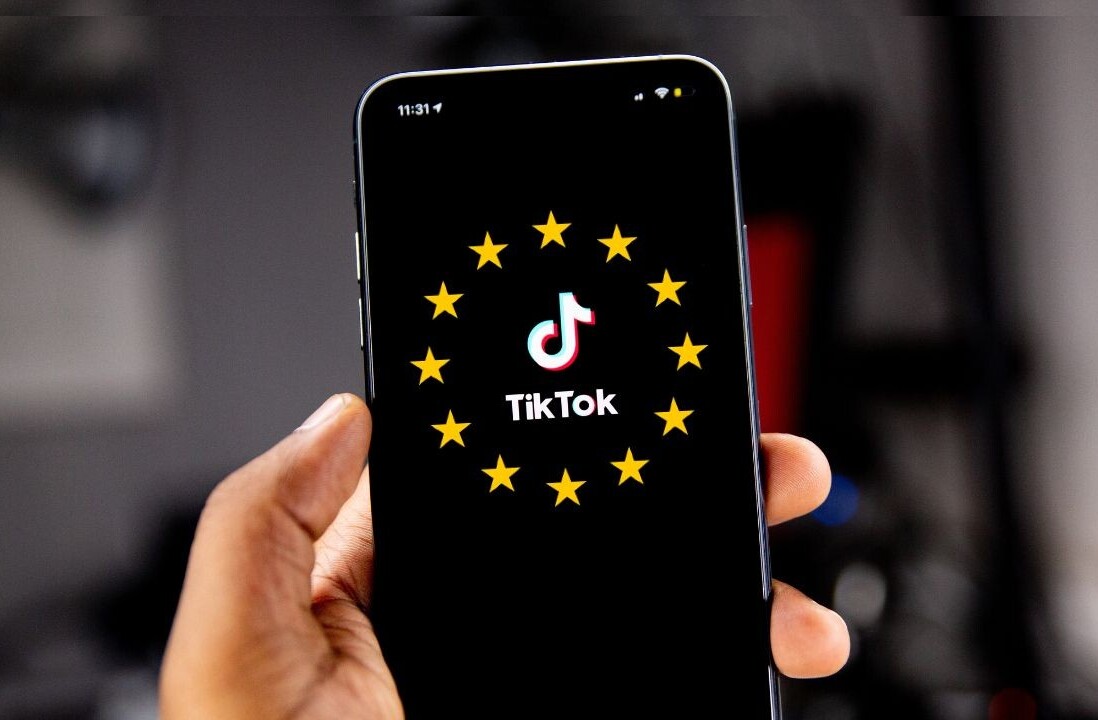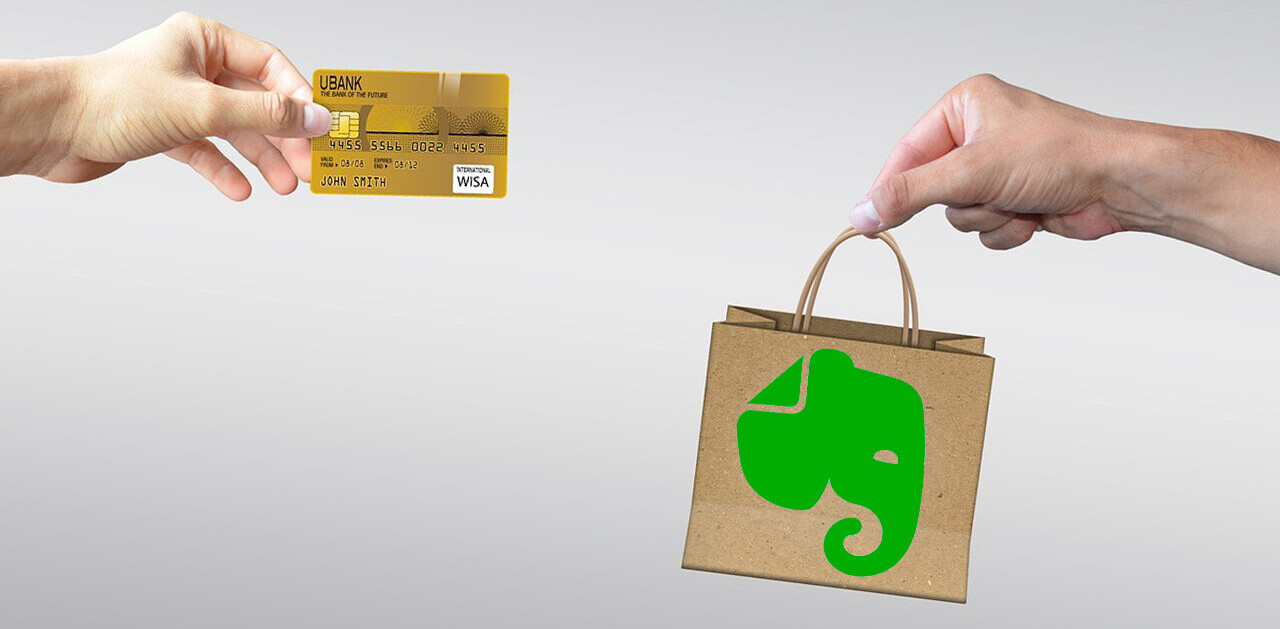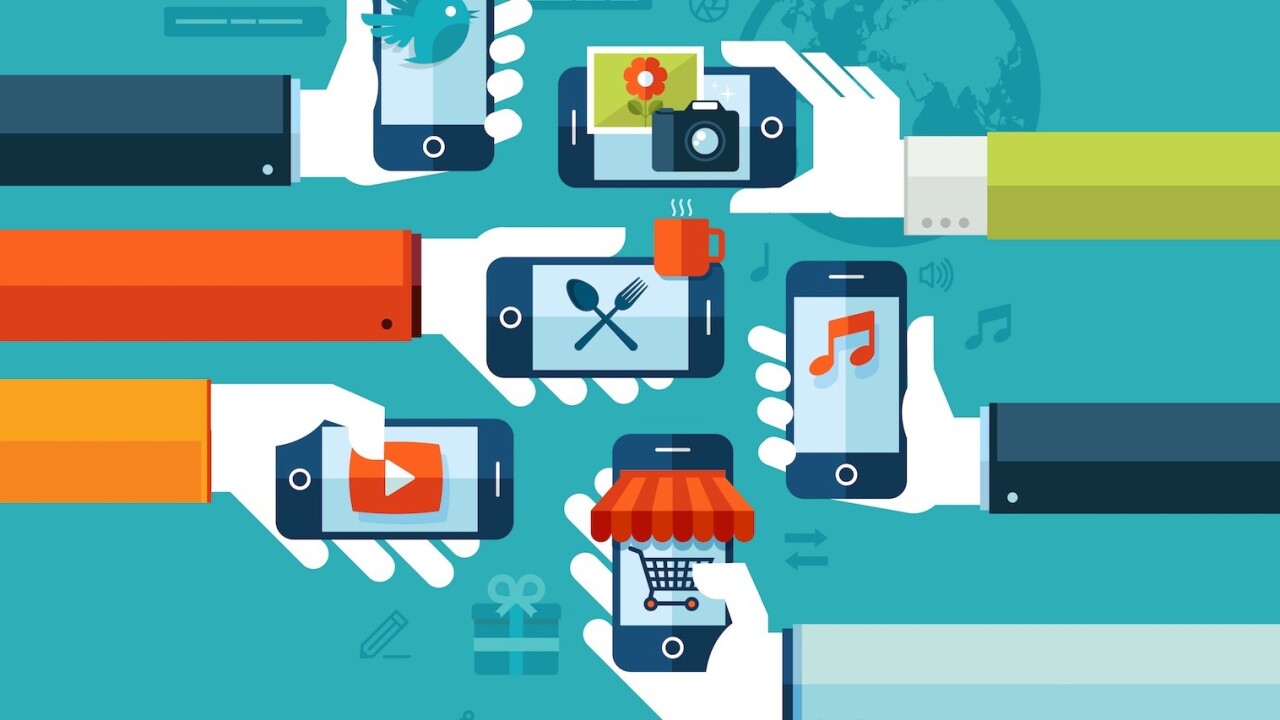
The app market continues to evolve as developers and users explore the possibilities of mobile technology. From business security concerns to developers news to consumer product highlights, these five trends could change tomorrow’s mobile app landscape.
-
App Security
In mid-September of 2014 at the Gartner Security and Risk Management Summit in Dubai, Garner, Inc., announced that 75 percent of mobile applications will fail basic security testing in 2015. A full year later, no progress appears to have been made in the level of security for mobile apps.
Bluebox Security announced in a recent survey on mobile travel apps that developers continue to focus on usability and features rather than on increasing security. Flaws were found in the security of both Android and iOS platforms and even in the most popular mobile applications.

The survey also reveals that only one in the top ten Android travel apps protects usernames, passwords, email and server addresses, and credit card numbers by encrypting data stored on devices.
None of the top ten iOS programs encrypted stored data in the mobile applications. Only two Android apps and one iOS program utilized certificate pinning, leaving users vulnerable to security attacks and data leaks.
Travel apps are not the only mobile applications experiencing issues with security. IBM’s Application Security Research Team recently reported that 60 percent of the 41 popular dating apps it studied were vulnerable to cyber attacks and another study by Veracode revealed that gambling apps often included security defects.
At this year’s Gartner Security & Risk Management Summit, held in London on September 14th and 15th, analysts agreed that physical device loss and misuse of apps are still far too common. Dionisio Zumerle, research director at Gartner, notes that the consequences of security breaches are much more dire, because individuals use their mobile devices to access and store more sensitive data.
In business, BYOD (Bring Your Own Device) has resulted in many employees storing private company information on their personal devices. Physicians are using tablets to access patient information. In the finance realm, brokers exchange information via smartphones. “In these scenarios, a device that falls in the wrong hands and does not have adequate protection can be the source of a major data breach,” states Zumerle.
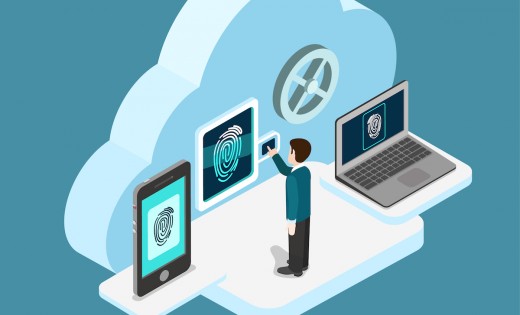
He adds that the basic security feature of mobile operating systems (OSs) include integrity protection, encryption, app isolation, and kernel protection, yet individuals and businesses alike must “ensure that they can granularly and consistently manage mobile devices, and have assurance from the device and/or OS vendor that there will be fast security updates for the lifetime of the devices.”
2. Real-Time A/B Testing
In late May, Google Play announced changes to how developers can control and customize their apps in the Play Store, including A/B testing for apps. Sometimes known as split testing, A/B testing allows developers to determine which icons, descriptions, and keyword sets get the most traffic.
You are only permitted to run one experiment per app at a time, and it must be on an app that is already published; however, the A/B testing enables you to make real-time changes based on the performance of different graphics and localized text.
You can create listings to experiment with alternate icons, descriptions, images, videos, and pricing to determine which variations work best. Currently, the feature simply funnels random groups of users to the different pages, yet Google is expected to extend the potential for A/B testing capabilities in the future.

“A/B testing isn’t an end-all solution for Android’s app profitability woes,” according to the gaming marketing company, DAU-UP, which notes that the iOS still beats out Android on the average revenue per user, “but it could help incentivize equal or Android-first release strategies. Kongregate saw conversion rates by up to 50 percent, and sources claim Apple currently has no answer to Google’s system in the works.”
3) Automated Price Changes
The Loadown, a platform that provides detailed analysis of your mobile app’s performance, allows developers to dynamically change the app price as well as the price of in-app purchases in order to boost sales. According to the company’s research, dynamic pricing can increase conversions and revenue in addition to increasing ranking within the App Store for paid apps.
The Loadown reports, “Overall, free apps had approximately 2.5 times more ratings across all genres (average of 146 ratings/app) compared to paid apps (average of 57 ratings/app). This makes sense given that at the price point of $0 their [SIC] are significantly more users of free apps compared to paid apps, which would lead to significantly more ratings for the popular free apps.”
However, this does not necessarily mean that free apps are the way to go. The data also showed that paid apps are 40% more likely to be rated by users than free apps. Loadown determined that “the deeper trend that we discovered through this analysis was that, while free apps were rated more on average, paid apps were more likely to be rated and were more likely to be rated better.”

The platform enables users to pre-scheduled an unlimited about of price changes and monitor the effects on the app’s performance. Additionally, you can automatically set price change based on certain triggers, such as a drop in sales, rankings, conversion rates, or usage.
4. Email Capture in Apps
According to Rick Ramos in Content Marketing: Insider’s Secret to Online Sales & Lead Generation, US adults spend an average of 10.1% of their time on mobile devices per day, while the amount of money spent by US marketers on mobile advertising is only 0.9% of the total advertising dollars. Advertisers have begun to capture email addresses through mobile apps in order to leverage this relatively new revenue outlet.
GovDelivery, a secure cloud-based enterprise marketing platform for government organizations, states that adding and promoting email and SMS subscription options through your app will help grow your audience.
“The Internal Revenue Service (IRS), created a mobile app that provides users with tax tips and allowed them to sign up to be emailed with this information ongoing,” according to GovDelivery. “By promoting their email list directly within their app, they received 14,000 additional subscribers in just a 3-month period.”
Kaplan also recommends taking advantage of text to subscribe functionality in order to reach individuals using the app, but do not wish to be inconvenienced by signing up through traditional online methods. “Text messaging programs like this aren’t just about convenience either – it’s about equity. Young, low-income people use text messaging more than any other demographic,” adds Kaplan.

Jorge Diaz also states that one of the reasons for founding LeadLayer, a mobile SDK that allows app publishers to easily capture email leads, was the success he saw through generating over 47,000 emails through his 1App mobile application.
-
Internet of Things (IoT)
As technology grows and evolves, we see an increasingly futuristic world. The Internet of Things (IoT) allows individuals to interact with appliances, music systems, and a variety of “smart things” without requiring a human-to-computer command. Wikipedia refers to IoT as “the network of physical objects or ‘things’ embedded with electronics, software, sensors, and connectivity to enable objects to collect and exchange data.”
Amazon Dash buttons:
Amazon Prime members have access to a Wi-Fi connected tool that, once connected, will order a product and have it delivered to your door. The device will stick where you place it – by your coffee pot, washing machine, pantry – and a simple press of the button will reorder Maxwell House coffee, Tide laundry soap, or Kraft Macaroni Dinner. You will receive a confirmation on your mobile device, so that you may cancel if the button was pressed in error.
Amazon Echo:
Siri rocked the world in 2010, with her robotic voice and humorous responses. Not to mention the ability to assist mobile users in opening apps, finding local restaurants, and other helpful services. Today, Amazon Echo is taking over. Voice-activated and always on, Echo listens for commands and can hear over background noise, like music. Echo connects to Alexa voice service to answer questions, locate news and weather, play music, and so much more.
First there were smartphones. Then smartwatches. With Samsung’s SmartThings, you can have a smarthouse. For security, monitoring, lighting and energy, and convenience and entertainment, Samsung’s SmartThings allow you to control, monitor, and secure your home, regardless of where you are.
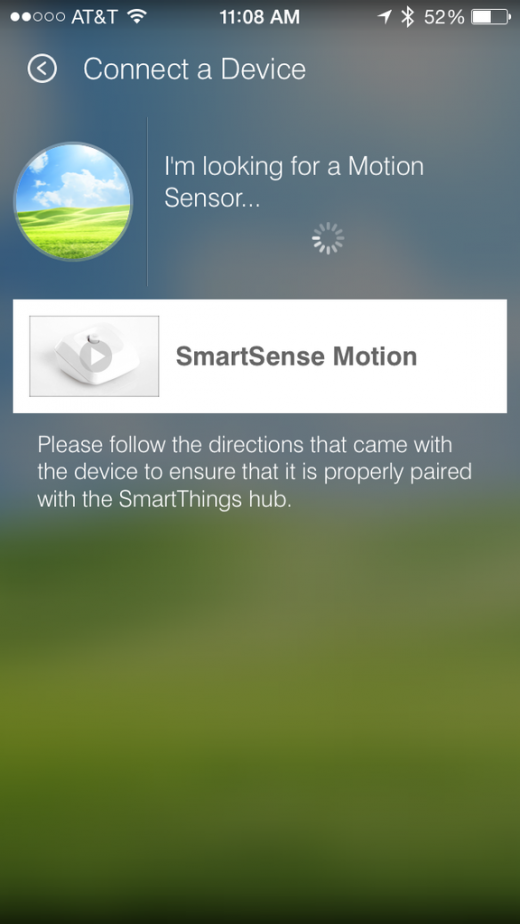
Connected via a hub to your smartphone, you will be alerted to unexpected entry or motion and can respond with a loud alarm or the sound of barking dogs while you call the police. Users can monitor a sleeping infant, receive notifications as family members come and go, and control the lights or the garage door from your mobile device.
You can automate lights to turn on and off lights as you leave or enter your home, change the color of your lighting, or adjust the thermostat. Samsung’s SmartThings can truly make your life easier, by brewing your coffee when you awake, turning on the crockpot as you leave for work, or play music and adjust lighting depending on the weather.
Read Next: 9 daily habits of successful mobile app entrepreneurs
Image credit: Shutterstock
Get the TNW newsletter
Get the most important tech news in your inbox each week.


